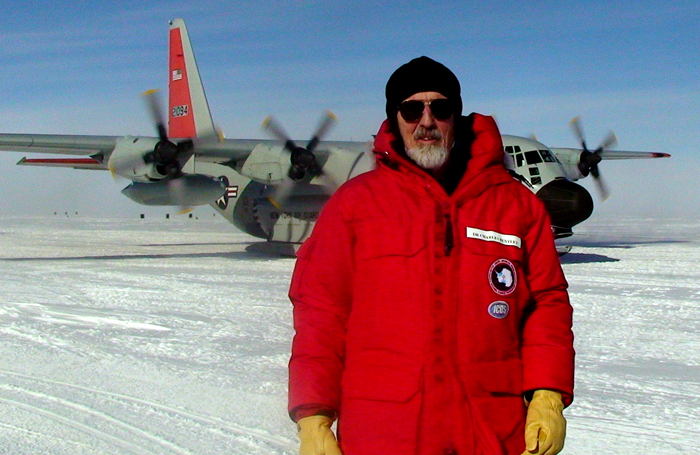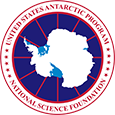 Statement by Dr. Kelly K. Falkner, Head of NSF's Office of Polar Programs, on the Death of Charles R. BentleyOctober 30, 2017
It is with great sadness that I, and his colleagues in NSF's Office of Polar Programs, note the passing of Charles R. Bentley, a professor emeritus at the University of Wisconsin-Madison, and a true pioneer in polar glaciology. "Charlie," as he was widely to know to his many friends and colleagues, died on Aug. 19 in Oakland, Calif. at the age of 87. Bentley's groundbreaking research in Antarctica began in the late 1950's during the International Geophysical Year (IGY). He made at least 15 trips over seven decades to The Ice, celebrating his 80th birthday on his last trip to Antarctica in 2009. According to university press release, Bentley was born in Rochester, New York, in 1929, He received his undergraduate degree in physics from Yale and was awarded his doctorate from Columbia University in 1959, nearly two years after successfully defending his thesis. He learned of the delay — the result of failure to pay a $50 dissertation fee — after spending two austral winters at the now-defunct Byrd Station. Antarctica's Mount Bentley and the Bentley Subglacial Trench are named for him. He was a member of the National Academy of Sciences' Polar Research Board for nearly 20 years, chairing the panel from 1981 to 1985. He received numerous awards for his work, including the Bellingshausen-Lazarev Medal in 1971 from the Soviet Academy of Sciences, and the Seligman Crystal from the International Glaciological Society in 1990. He was an elected fellow of the American Association for the Advancement of Science, the American Geophysical Union and the Arctic Institute of North America. Over a long career, Bentley published more than 200 scientific papers and, in addition to characterizing the three-dimensional structure and physical qualities of the ice sheet, he showed that the fast-moving ice streams that lace the ice are lubricated by soft till at the base. He first made his mark in polar science in 1957, when he spent 25 consecutive months on the ice in Antarctica, during the IGY. During that time, he served as the seismologist on a five-person expedition that motored in tracked vehicles called Tucker Sno-Cats from Little America, a U.S. base near the edge of the Ross Ice Shelf, to Byrd Station in interior West Antarctica on a nearly 700-mile traverse. After wintering over at Byrd Station, Bentley and his colleagues continued their explorations of the continent for a total of almost 3,000 miles of traversing the then almost completely unexplored Antarctic. A 2008 story in the Antarctic Sun, the newspaper of the U.S. Antarctic Program, noted that "[s]omewhere not too far from the [Program's] largest field camp on the West Antarctic ice sheet sits Charles Bentley's record collection of chamber music, entombed in the ice with the rest of Byrd Station." That story was written because, at age 78, Bentley was back in Antarctica as the principal investigator with the University of Wisconsin's Ice Core Drilling Services. He was headed to the West Antarctic Ice Sheet (WAIS) Divide field camp, where ICDS took a deep ice core, some 3,500 meters long, over three field seasons. "I'm practically back home after 50 years," he was quoted as saying. During the 1957 expedition, Bentley and his colleagues made the first detailed measurements of the depth of the ice sheet. To measure the underlying snow and ice, the team unspooled hundred of meters of cables attached to geophones set on the ice surface to record explosions set off in the ice. The explosions sent sound waves to the bottom of the ice sheet, which reflected back to the geophones to provide a measure of the depth of the ice. To their surprise, they found the ice sheet, which in places is as much as 3,000 meters thick, to be as far below sea level as it was above, making it a marine ice sheet. Read more in the University of Wisconsin-Madison news release.
|



For USAP Participants |
For The Public |
For Researchers and EducatorsContact UsU.S. National Science FoundationOffice of Polar Programs Geosciences Directorate 2415 Eisenhower Avenue, Suite W7100 Alexandria, VA 22314 Sign up for the NSF Office of Polar Programs newsletter and events. Feedback Form |

